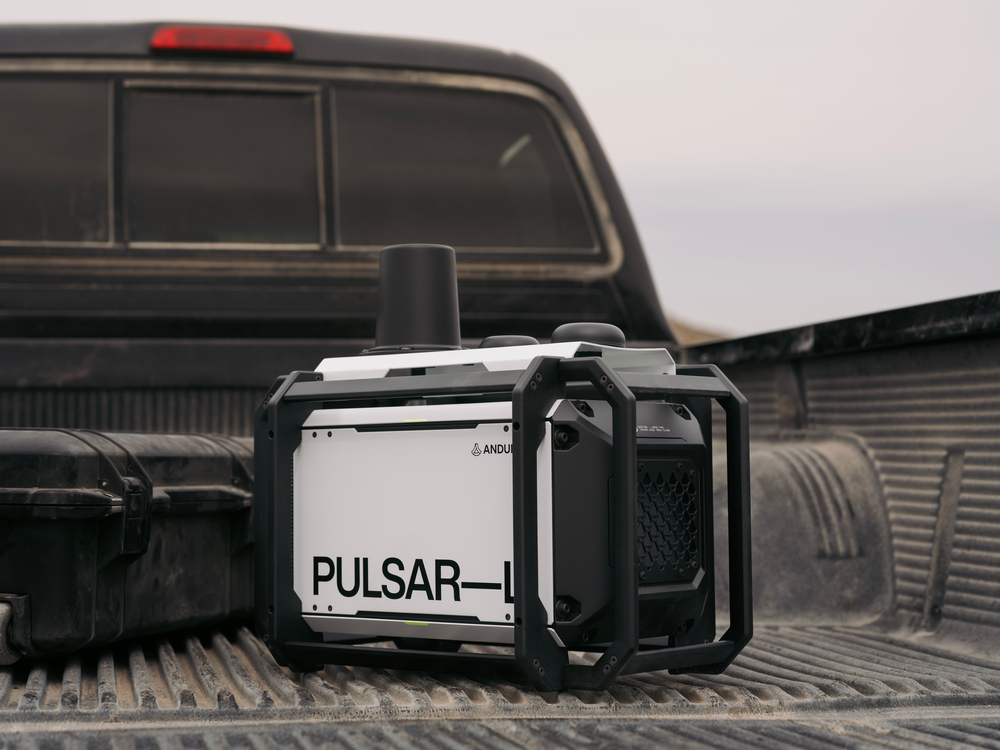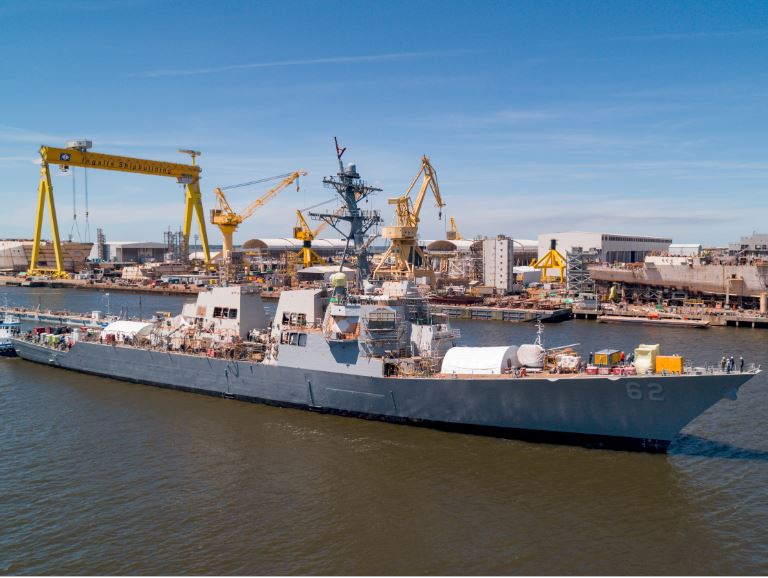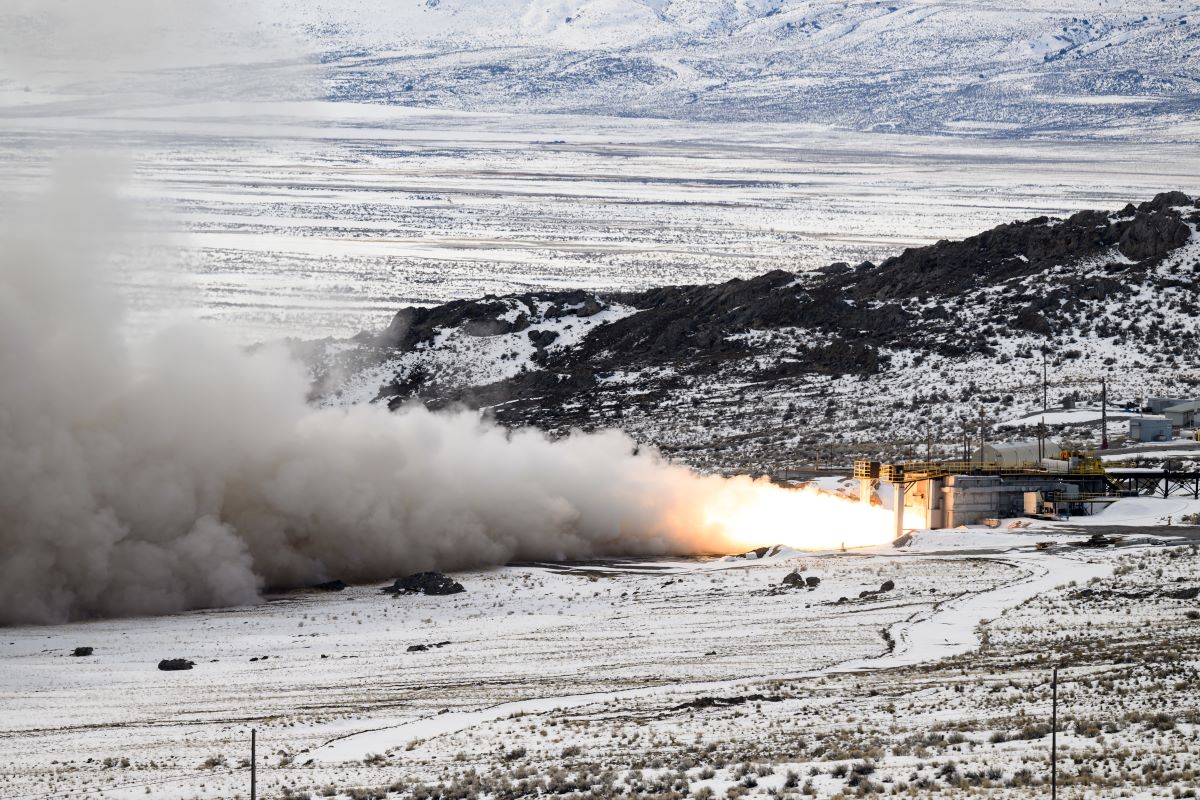The House committee that oversees policies for the Coast Guard is recommending $15 billion be added to the service’s account for acquiring ships and vessels, including more than $8 billion for icebreaking ships.
The Transportation and Infrastructure (T&I) Committee’s budget reconciliation proposal would provide nearly $23 billion to the Coast Guard overall between fiscal years 2025 and 2029, a significant boost to the service, which gets between $12 billion to $13 billion in annual appropriations but has been making the case that it needs $20 billion to acquire, operate, and maintain its assets, repair its facilities, and house its personnel.
The proposal, which will be marked up by the committee on Wednesday, includes $5 billion for the Coast Guard’s nascent medium polar icebreaker effort, the Arctic Security Cutter (ASC). The Coast Guard recently put out a request for information for the ASC seeking potential domestic and foreign shipyards that could build and deliver the first vessel within three years of contract award.
Media in Finland has reported that the Coast Guard is in talks with a shipyard in that country to purchase medium icebreakers.
Language in the proposed bill goes beyond the ASC, saying the funding would be for “Arctic Security Cutters and domestic icebreakers and spare parts and program management for such Cutters and icebreakers.” It’s unclear what domestic icebreakers the committee is referring too.
Another $4.3 billion would be for the Polar Security Cutter (PSC), a heavy icebreaker that is already under contract to Bollinger Shipyards with the first vessel slated for delivery in 2030. In addition to the first PSC, the Coast Guard has awarded contracts for long-lead material purchases for the second and third vessels.
The Coast Guard has said it needs a mix of eight or nine medium and heavy polar icebreakers.
The committee is also proposing $4.3 billion for the Offshore Patrol Cutter (OPC) program. The Coast Guard’s program of record is for 25 OPCs, with the first four medium-endurance cutters being built by Eastern Shipbuilding Group and the next 11 by Austal USA. The Coast Guard plans to host a competition for the remaining OPCs.
The Fast Response Cutter, which typically operates in the littorals, would receive $1 billion. Bollinger also builds the FRCs, having delivered 59 of the currently contracted 67 154-foot vessels. The $1 billion being recommended for the program would likely bring the buy to 70 or 71 FRCs.
The proposed bill would also provide $3.3 billion for shoreside infrastructure, $1.4 billion for aviation and cutter maintenance, $180 million for maritime domain awareness equipment and services—to include $75 million to acquire services or autonomous maritime systems—and $162 million for the Waterways Commerce Cutter program.
For the air domain, the committee recommends $2.3 billion to purchase helicopters and related spares and simulators, and $571.5 million for the purchase of fixed-wing aircraft and related equipment.
The Senate Commerce, Science & Transportation Committee must still weigh in on the reconciliation proposal and final passage requires approvals by the House and Senate.










